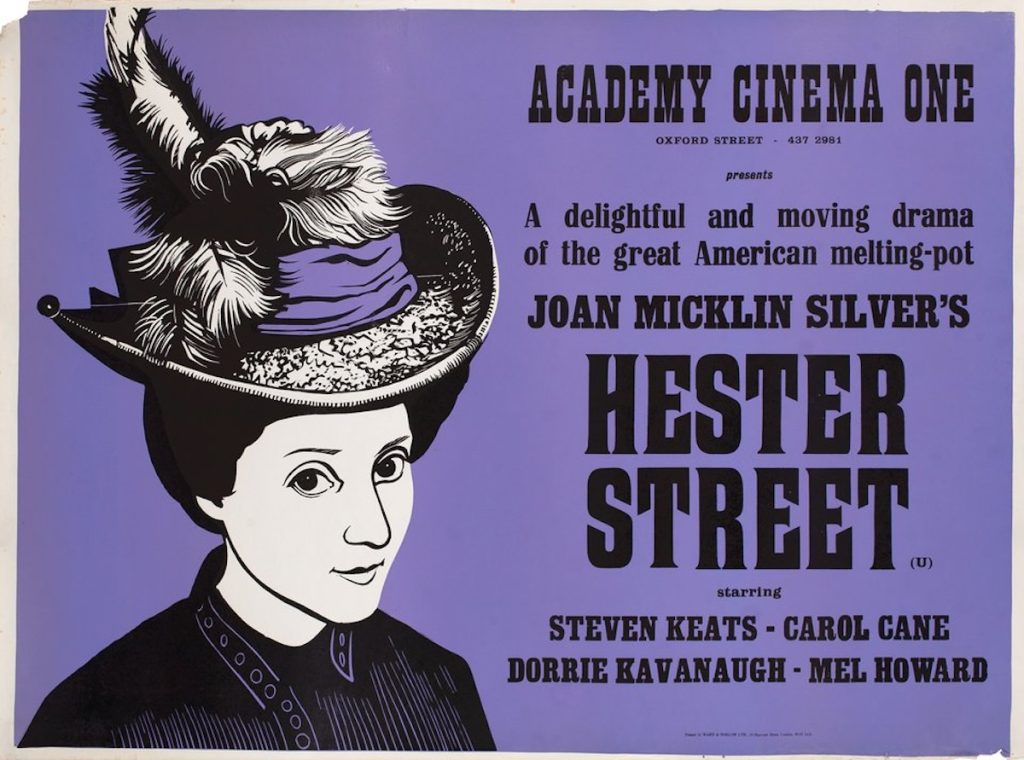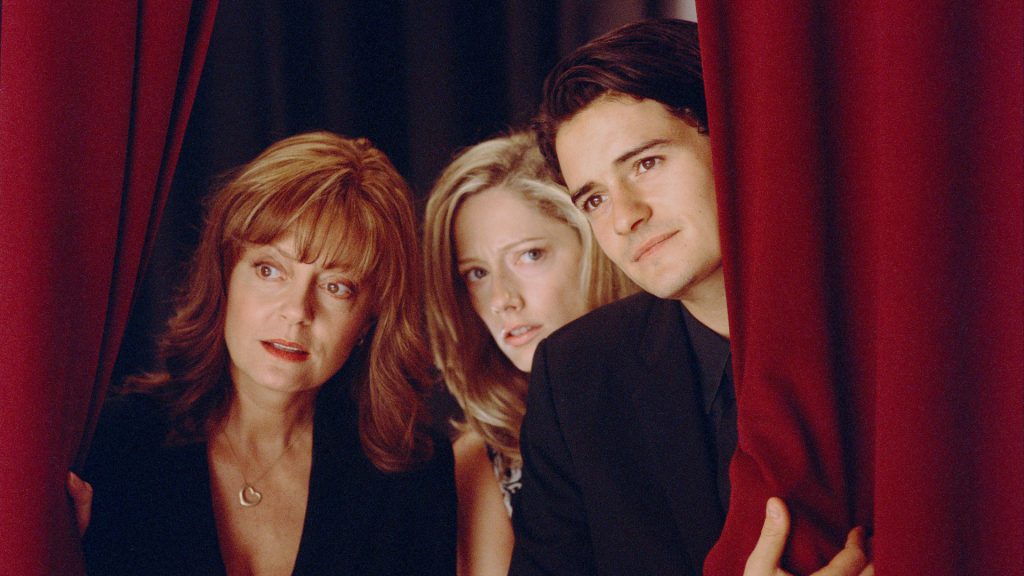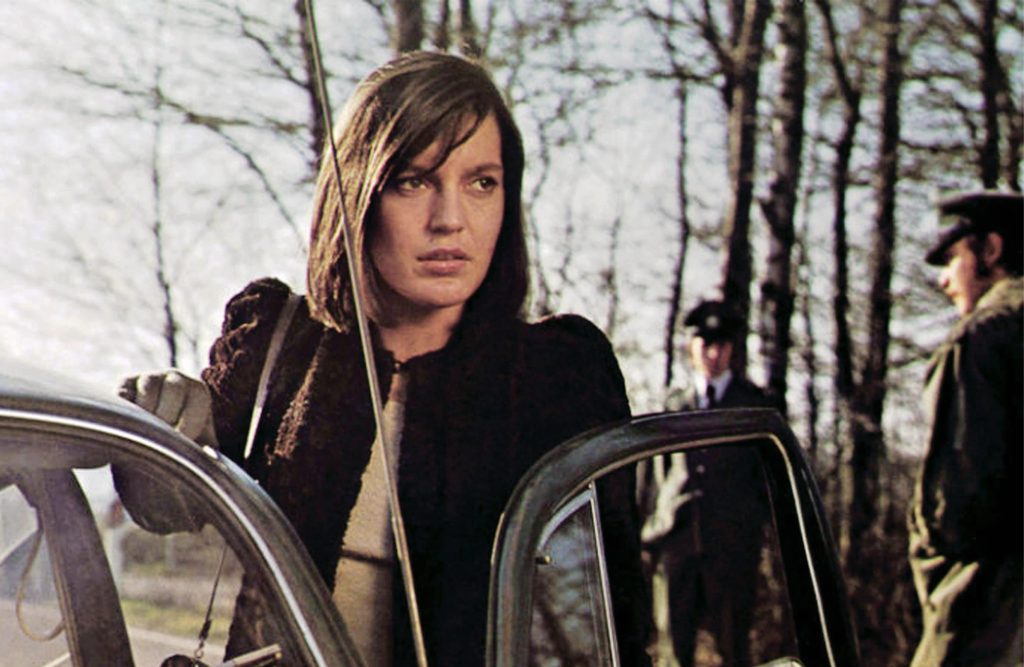Early in Design for Living—Ernst Lubitsch’s film version of Noel Coward’s play about a ménage à trois (now streaming on the Criterion Channel)—a middle-aged ad man (played by Edward Everett Horton, the absolute king of the on-screen fuddy duddies) makes his case for heteronormative domesticity. “Immorality may be fun,” he concedes, “but it isn’t fun enough to take the place of 100% virtue and three square meals a day.” For the rest of the film, the rest of the characters run around in circles and take their best shots at “100% virtue,” and only fail spectacularly and wonderfully, in a sharp yet tender farce graced by the famed “Lubitsch touch” of sophistication.
Design for Living is often ranked as a lesser Lubitsch, largely (and largely unfairly) because it’s such a huge departure from Coward’s original. The plot is rearranged and expanded, and the screenplay (by Ben Hecht) scraps most of Coward’s arch and acid dialogue. (Coward quipped that the film only kept three lines from his play, and one of them was “Pass the mustard.”) These changes blunt some of Coward’s bite, but they’re not automatically for the worse. In some ways Lubitsch’s subtler approach to the material has aged better for a world where subjects like polyamory and bisexuality are not as outré, but still tricky in all-too-human ways. If Design for Living doesn’t fizz along quite as smoothly as some of Lubitsch’s earlier sex comedies, it’s because he’s attuned to the bittersweet snags and pangs that come with figuring out that your love life requires unconventional arrangements.
Not all urbane wit is built quite alike, and Coward and Lubitsch are in some respects a study in contrasts. Coward is crystalline and cutting; his characters alternate between egomaniacal extemporizing and lacerating self-loathing. The three lead characters (two men and a woman) are sometimes so tortured by their “erotic hodgepodge” that they yearn for death and oblivion. Where Coward is biting and caustic, Lubitsch is silky smooth, a master of the subtle skewering. Coward’s advocacy for sexual freedom belies some stereotypically British prudishness; Lubitsch has more Continental, laissez-faire attitude toward infidelity, and laughs gently at the inevitable absurdities of human desire.
This approach makes the material softer and also more fun. Unlike Coward, Lubitsch begins at the beginning, and shows the trio—painter George (Gary Cooper), commercial artist Gilda (Miriam Hopkins), and playwright Tom (Frederic March)—meeting as young wannabe artists. We see the complicated bonds of love and friendship grow between them, and the undeniable chemistry that sizzles when all three are together. The stellar cast bounces off each other brilliantly. This is one of Hopkins’s greatest comic performances: both sexy and sexual, luminous and ravenous, it’s easy to see why everyone’s in love her. Where Coward’s Gilda castigates herself for her own sexual allure, Hopkins feels refreshingly little about having and wanting two different men. Once the trio decides to try and solve their dilemma by living together platonically, a wistfulness emerges beneath her effervescence, as “trying to play jokes on nature” makes balancing true friendship and desire constantly bittersweet.

In their roles as best friends and rivals, March and Cooper are an accomplished double act. Cooper is just drifting away from his dreamboat years and settling into the cragginess of his late-career persona. March is warmer and more polished, but they work in sync, with winking wordplay and comic gestures that perfectly match each other. Even with the freedom that Hollywood had in these last years before the Hays Code prudishly restricted depictions of sexuality, male homosexual desire was often a bridge too far, so Lubitsch’s film cuts out much of Coward’s not-quite-declarations of the sexual attraction between the two men. But it’s really a case of showing and not telling; you don’t have squint to see that there’s “something queer here”, in the tenderness of their perfectly coordinated bachelorhood. And for all Lubitsch’s skill in making the love scenes between Gilda and Tom and Gilda and George charged with his shimmering eroticism, it’s also clear that the two men are the most attractive when they’re together.
The film gets extra zing in the way it links bisexuality and nonmonogamy to a bohemian, anti-capitalist lifestyle. The erotic tension of the trio’s bonds fuels artistic creativity. “Stay an artist – that’s important,” Gilda tells George before she runs away from both of the men. For all that Lubitsch’s films take place in a world of frictionless glamour, his works of the 30s never forget the depression and questions of finances. A sad and guilt-ridden Gilda thinks she’ll feel better with “100% virtue and three square meals a day,” so marries the fuddy-duddy ad man. Instantly she’s trapped, she’s meant to play the trophy wife and lady of the house to an endless parade of tedious clients; it crushes her spirit and she’s reduced to hiding on balconies. In the film’s climax—where Tom and George come to Gilda’s rescue by spectacularly crashing a tedious party for her husband’s clients—their deftly-orchestrated chaos feels delightfully joyous and absolutely right. Gilda and the men take off, renewing their “gentlemen’s agreement” that there will be “no sex,” but the glint in their eyes and Lubitsch’s winking ambiance suggests this agreement will be repeatedly, and happily broken.
As the camera fades out on the trio, it signals an exciting new beginning, and also the end of the era: the Code, instituted the following year, will strictly ban these stories from being told. As often with Lubitsch’s films, we are left with a wistful longing for something that is slipping away.
“Design for Living” is now streaming on the Criterion Channel.



